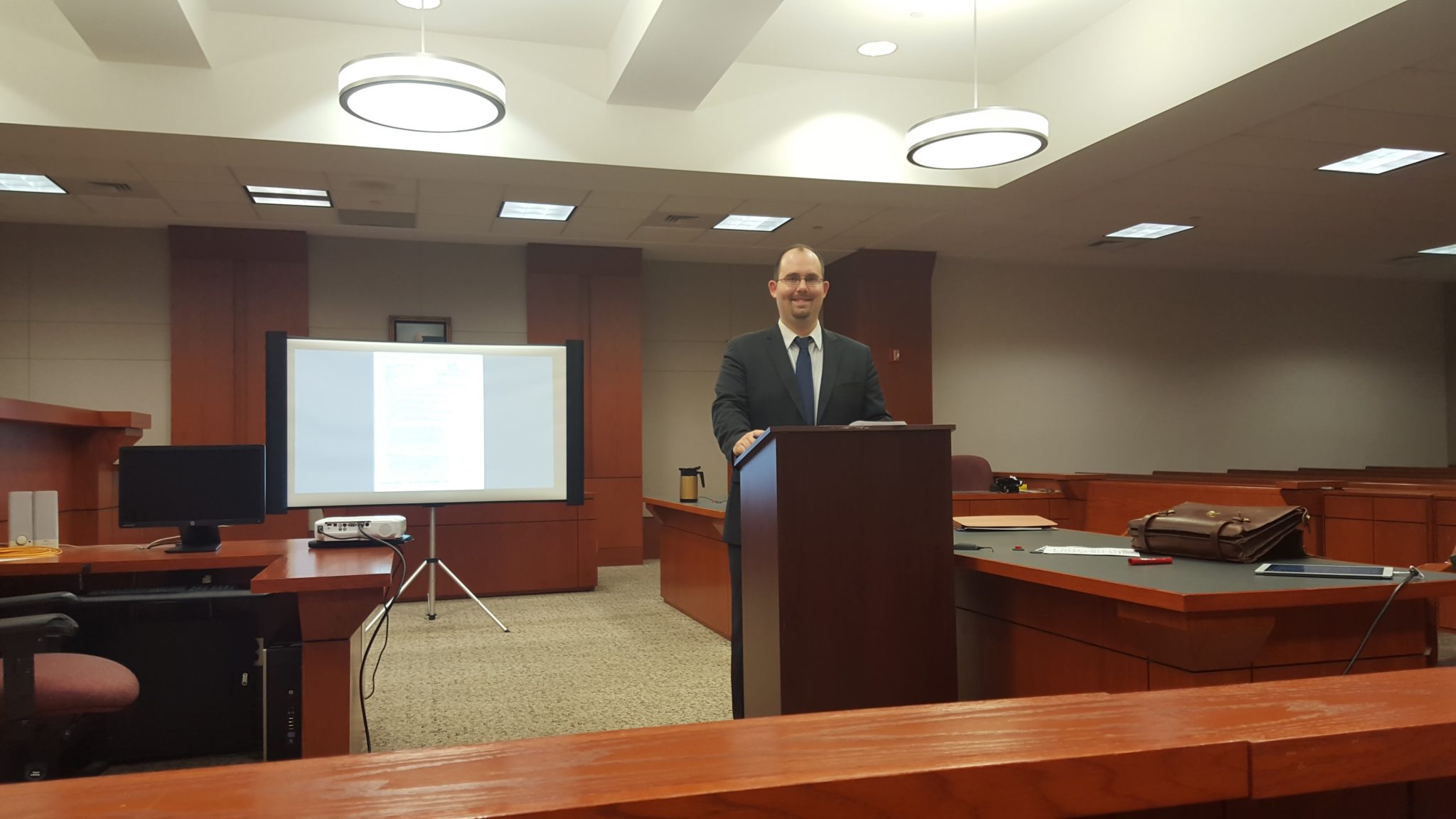Essential Skills for Crafting Persuasive Trial Presentations: A Comprehensive Guide
Essential Skills for Crafting Persuasive Trial Presentations: A Comprehensive Guide
Blog Article
Browsing the Intricacies of Trial Presentations: Tips for Seamless Delivery and Engaging Debates
In the world of lawful process, the art of test presentation stands as a crucial factor of success. The complexities inherent in trial discussions call for a delicate balance of method, skill, and skill.

Recognizing Trial Purposes
To successfully navigate a trial, it is important to have a clear understanding of the objectives that need to be accomplished. Prior to tipping right into the court room, lawful teams need to specify their objectives and wanted outcomes. These objectives work as guiding principles throughout the trial, forming approaches and affecting decision-making processes.
Recognizing test objectives entails an extensive evaluation of the instance, legal precedents, and the customer's benefits. Trial Presentations. It requires a precise examination of the facts, recognizing essential concerns, and expecting potential difficulties. By setting quantifiable and details goals, attorneys can customize their disagreements and discussions to align with the desired outcomes
In addition, a clear grasp of test purposes makes it possible for legal teams to prioritize proof, witnesses, and legal arguments properly. It permits the advancement of a meaningful story that resonates with the court and court, strengthening the total case presentation.

Organizing Proof Successfully
Having a clear understanding of test purposes lays the structure for arranging proof effectively in legal procedures. By lining up the discussion of evidence with the desired end results of the test, legal teams can enhance their debates and enhance their persuasiveness.
An additional crucial element in organizing proof properly is establishing a sensible flow. Presenting evidence in a consecutive and systematic manner can help build an engaging narrative that sustains the legal debates being made. In addition, utilizing visual aids such as charts, timelines, or graphs can even more improve the organization of proof and help in making clear intricate connections or sequences of events.
Furthermore, making certain that all proof provided is permissible and pertinent to the case is necessary. Pointless or inadmissible evidence can detract from the stamina of the debate and possibly harm the reliability of the offering party. A careful testimonial and choice process must be taken on to consist of only the most legitimately sound and impactful evidence in the trial discussion.
Crafting Convincing Stories
Crafting engaging narratives plays an essential role in offering influential arguments during legal proceedings. When building a narrative for a trial discussion, it is vital to establish a clear storyline that highlights vital factors and links them in a coherent manner. By weaving with each other evidence, statement, and legal arguments into a influential and cohesive story, lawful specialists can properly advocate for their customers and increase the probability of a beneficial result in the court room.
Understanding Aesthetic Help
Reliable use of visual help is key to improving the effect and clarity of test discussions. Aesthetic aids, when used strategically, have the power to streamline intricate details, enhance bottom lines, and leave a lasting impression on the court and court. To grasp aesthetic aids in test discussions, it is critical to make certain that they are clear, concise, and pertinent to the arguments being made.
When integrating aesthetic aids, such as charts, photographs, timelines, or charts, into a test discussion, it is necessary to keep them visually appealing yet professional. The visuals must complement the verbal debates, offering a graph of the info being talked about without frustrating the audience with unnecessary information.
In addition, exercising with the visual aids in advance is imperative to make sure a smooth distribution throughout the trial. Acquainting oneself with the content, changes, and timings of each aesthetic aid can aid keep the circulation of the presentation and stop technical problems that might emerge.
Delivering Impactful Closing Disagreements
An engaging closing disagreement serves as the conclusion of a trial discussion, encapsulating the core story and persuading the judge and jury towards a desirable choice. Begin by laying out the main disagreements that sustain your client's setting, stressing why the evidence offered throughout the test sustains your story.
Furthermore, including psychological allure can additionally strengthen your closing debate. Ultimately, a well-crafted why not try this out closing argument need to leave a long-term impression, engaging the court and court to rule in your customer's support.
Final Thought
In final thought, mastering trial presentations involves comprehending purposes, organizing proof, crafting stories, utilizing visual aids, and providing impactful closing arguments. By executing these techniques effectively, legal representatives can provide their situation effortlessly and make engaging arguments in the courtroom. It is important to browse the intricacies of trial presentations with precision and skill to attain success in legal proceedings.
By straightening try this website the discussion of proof with the preferred results of the trial, lawful groups can strengthen their disagreements and enhance their persuasiveness (Trial Presentations). To understand aesthetic help in test presentations, it is critical to make certain that they are clear, concise, and relevant to the arguments being made
An engaging closing argument offers as the culmination of a trial discussion, encapsulating the core story and convincing the court and jury in the direction of a beneficial decision. Begin by outlining the primary disagreements that sustain blog your customer's position, highlighting why the evidence presented throughout the trial sustains your narrative.In conclusion, grasping trial presentations involves recognizing goals, arranging evidence, crafting narratives, using aesthetic aids, and providing impactful closing debates.
Report this page